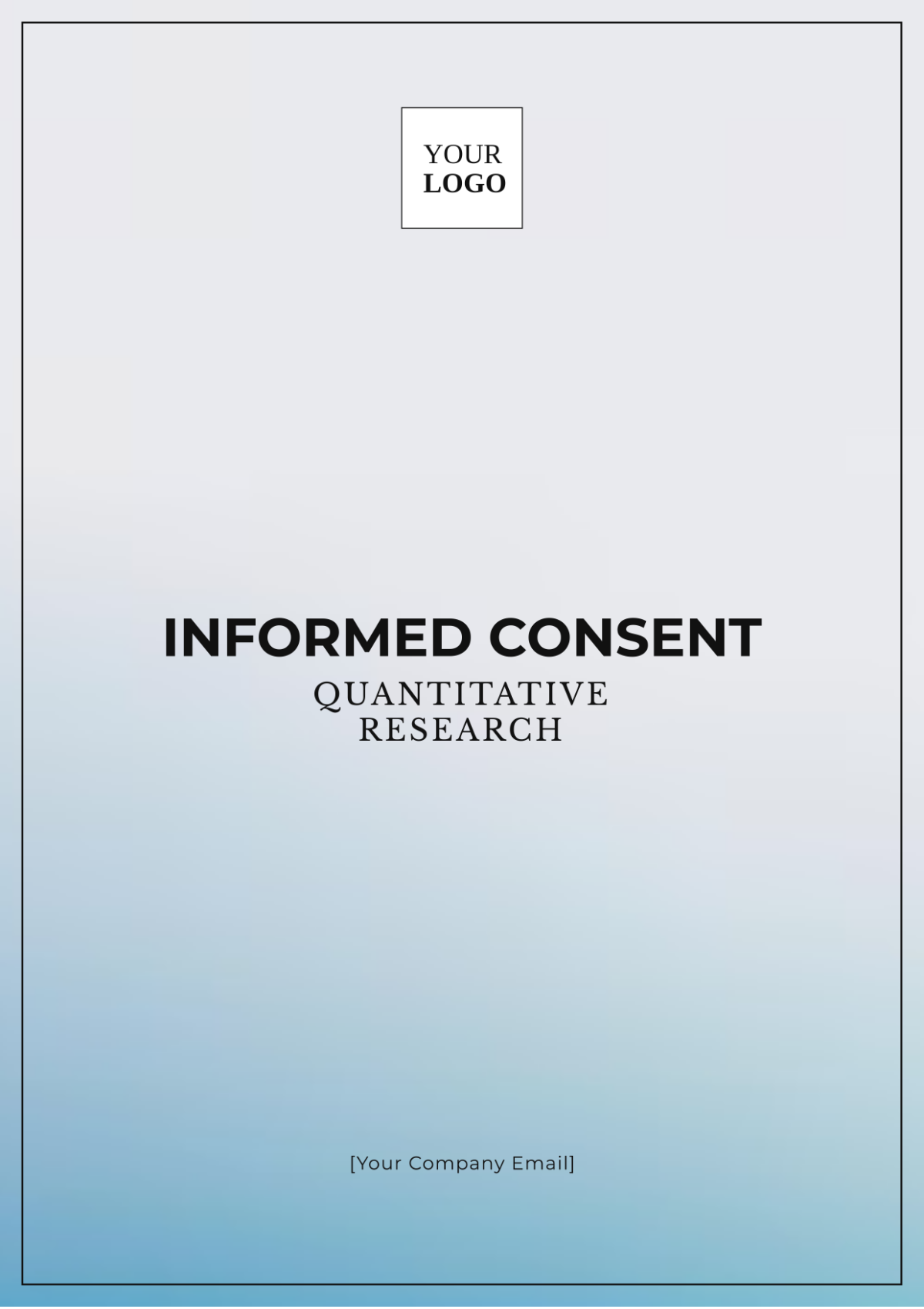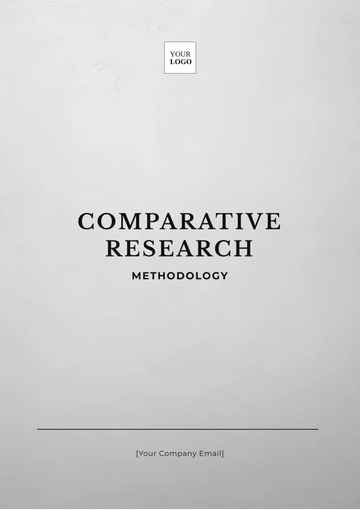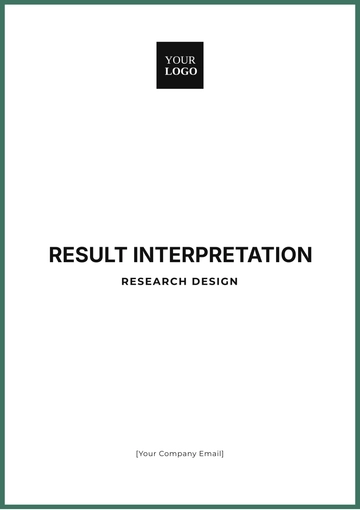Informed Consent Quantitative Research
Prepared by: [Your Name]
Date: [Date]
I. Introduction
Informed consent is a fundamental ethical requirement in quantitative research. It is a process designed to provide potential participants with all the necessary information about a study so they can make an educated decision about their involvement. This article covers the importance of informed consent, the elements involved, procedures to ensure compliance, and its significance in upholding ethical and legal standards.
II. The Importance of Informed Consent
Informed consent is crucial for protecting the rights and well-being of research participants. It ensures that participants:
Understand the nature of the research.
Are aware of what their participation involves.
Recognize any potential risks and benefits.
Can voluntarily decide whether to participate.
III. Key Elements of an Informed Consent Form
An informed consent form must encompass several critical components to ensure it is complete and effective. These elements include:
Element | Description |
|---|
Study Purpose | A clear explanation of what the research aims to achieve. |
Study Procedures | Details about what participants will be required to do. |
Risks Involved | Information on any potential risks or discomforts participants may face. |
Benefits | An outline of any potential benefits to participants or society. |
Confidentiality | Assurances on how participants' information will be kept confidential. |
Voluntary Participation | Confirmation that participation is voluntary and participants can withdraw at any time. |
Contact Information | Details of whom to contact for questions about the research or participants’ rights. |
IV. Procedures to Ensure Informed Consent
To ensure informed consent is obtained properly, researchers can follow these procedural steps:
Provide Adequate Information: Make sure all aspects of the study, including its purpose, procedures, risks, and benefits, are thoroughly explained.
V. Ethical and Legal Standards
Adhering to ethical and legal standards is vital in the informed consent process. Researchers must comply with guidelines set by Institutional Review Boards (IRBs) and adhere to national and international regulations. Standards to consider include:
VI. Risks and Benefits
A. Risks Involved
The risks section of an informed consent form should clearly outline any potential physical, psychological, or social risks associated with participation. These risks may include:
Researchers need to provide a thorough and honest assessment of these risks, ensuring that participants can make an informed decision about their involvement.
B. Benefits
The benefits section should detail both the potential advantages to the participants and the broader societal or scientific benefits. These benefits might include:
Personal Benefits: Any direct advantages to participants, such as access to new treatments, medical evaluations, or compensations.
Researchers should provide a realistic portrayal of the benefits, avoiding any exaggeration or promises that may not be achievable.
VII. Conclusion
Informed consent is a cornerstone of ethical quantitative research, ensuring that participants are fully aware of what their participation entails and that their rights are safeguarded. By following comprehensive procedures and adhering to ethical guidelines, researchers can create a respectful and legally compliant framework for participant engagement.
VIII. References
Using the APA style, here are some recommended references:
Research Templates @ Template.net






























